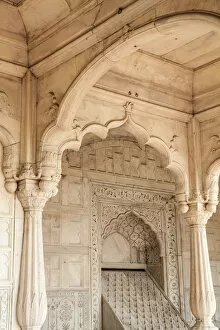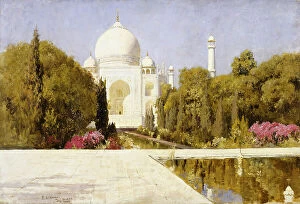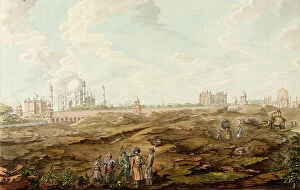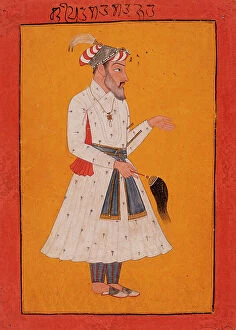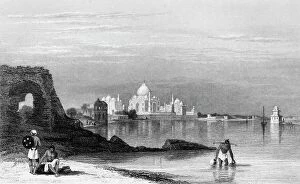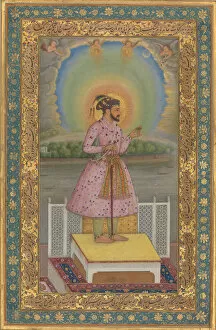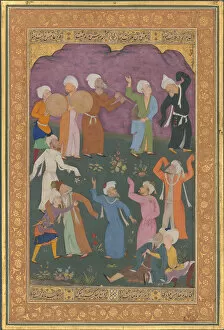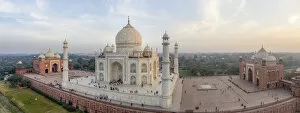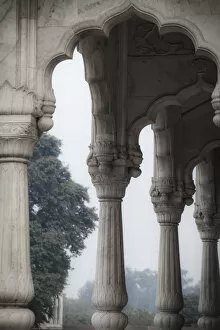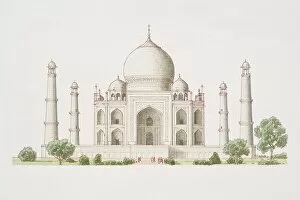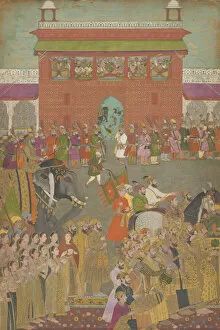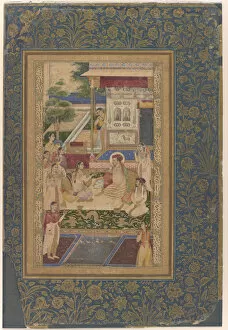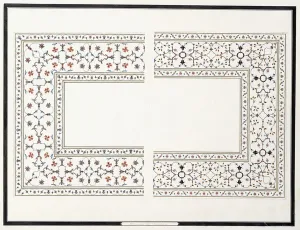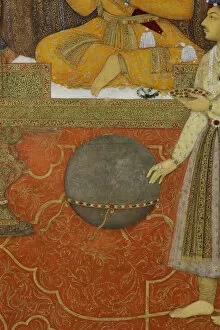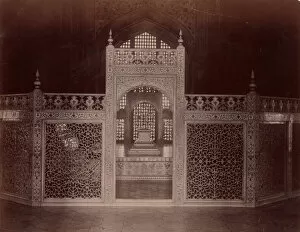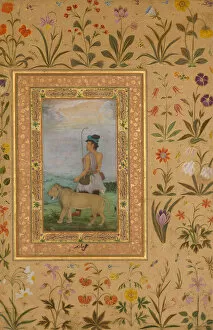Shah Jahan Collection
Shah Jahan, the legendary Mughal emperor of India, left an indelible mark on Asia's history
All Professionally Made to Order for Quick Shipping
Shah Jahan, the legendary Mughal emperor of India, left an indelible mark on Asia's history. Born in Delhi and ruling from the grand Red Fort, he was known for his opulent architectural creations. The most iconic among them is undoubtedly the Taj Mahal in Agra, a mesmerizing white marble building that stands as a symbol of eternal love. Built in 1895 by unknown craftsmen under Shah Jahan's patronage, the Taj Mahal showcases exquisite craftsmanship and intricate detailing. Its front view leaves visitors awe-struck with its majestic beauty and symmetrical design. This masterpiece is now recognized as a UNESCO World Heritage Site. Beyond his passion for architecture, Shah Jahan had diverse interests reflected in his royal album. One folio depicts him on a terrace holding a pendant set with his own portrait, showcasing his regal elegance. Another folio portrays dancing dervishes - an artistic fusion of cultures during his reign. Family played an essential role in Shah Jahan's life; one painting captures him alongside Prince Khurram and Nur Jahan – showcasing their close bond during Jahangir's rule. In addition to the Taj Mahal, it also commissioned other remarkable structures like Jama Masjid – a magnificent mosque located in Old Delhi. The Red Fort holds historical significance as well; its Diwan-i-Khas features an intricately designed elephant doorknocker that once welcomed dignitaries into this imperial fortress. Shah Jahan's legacy continues to captivate millions who visit these architectural marvels today. His vision transformed India's skyline forever while leaving behind tales of romance and power that still resonate throughout history.

